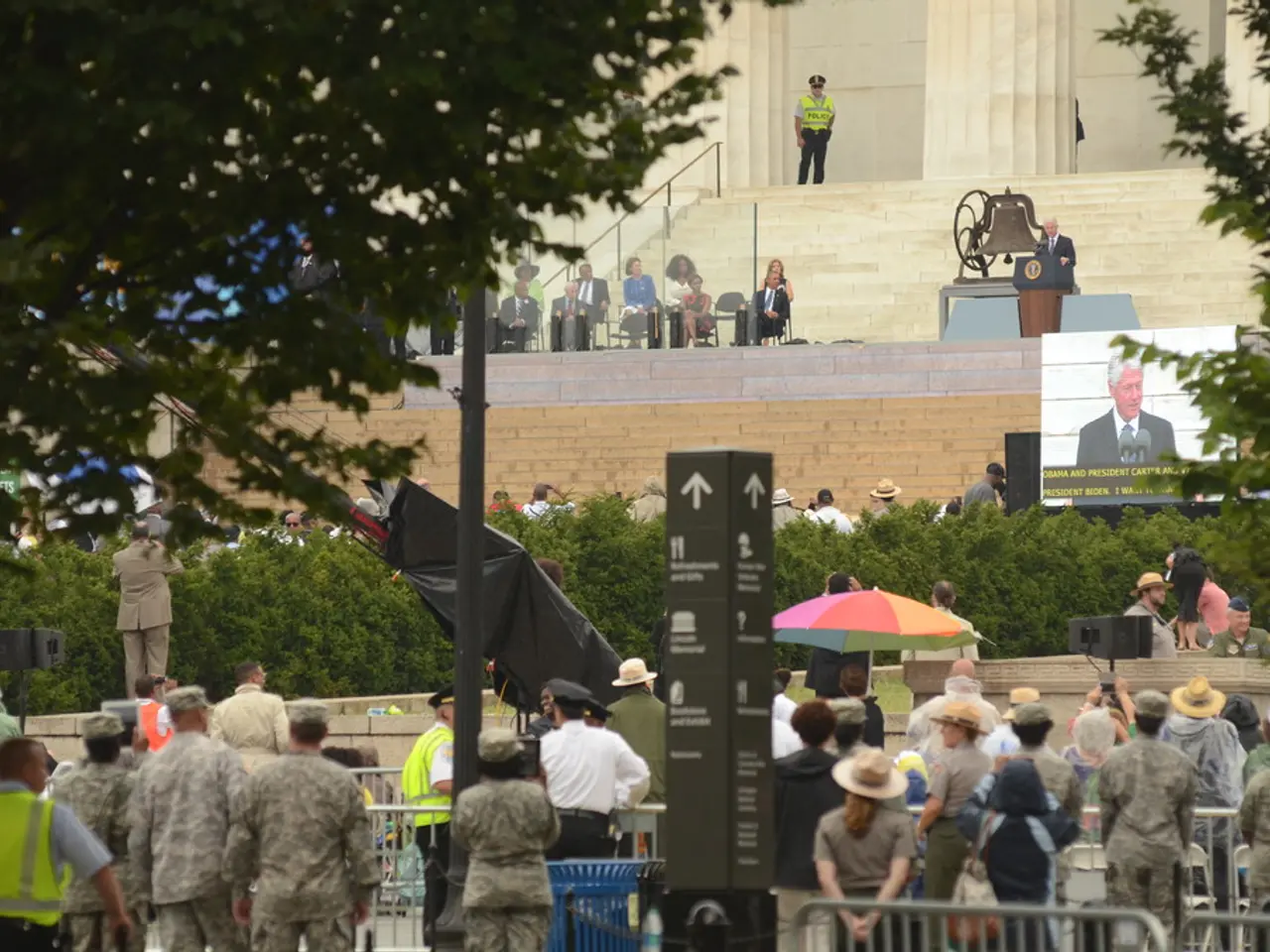Unmanned aerial vehicles (UAVs) conducted strikes at military facilities in Tulsa and Voronezh
On July 17, 2025, Russia faced a series of drone attacks in the regions of Voronezh and Tula, marking a significant escalation in the ongoing conflict between Russia and Ukraine.
In the Voronezh region, at least five UAVs were reportedly shot down by Russian air defenses. One of the drones crashed into a high-rise building, damaging the facade and several apartments and injuring a 15-year-old teenager. Debris from the drone attack fell onto cars parked below, causing concern, with explosive experts called in to assess the situation.
Governor Alexander Gusev confirmed the incidents and the ongoing efforts to address the situation. Residential buildings and commercial facilities were affected, and recently, four people were injured during the drone strikes.
Meanwhile, in the Tula region, drone strikes targeted key military-industrial sites, with explosions reported in Novomoskovsk and a fire breaking out in Shchyokino. The Azot chemical plant, a significant producer of chemicals used in defense manufacturing, was hit, damaging the M-500 methanol production unit. As of July 17, the threat of further drone attacks remained active, with Governor Dmitri Milyaev warning about continued risks.
The attacks highlight the vulnerability of Russian military infrastructure to Ukrainian drone strikes. The exact extent of the damage remains unclear, but the incidents underscore the evolving nature of the conflict, with drones playing a significant role in piercing Russian air defenses and targeting strategic military sites.
The drone attacks are part of the ongoing conflict between Russia and Ukraine, with both sides denying intentional targeting of civilians despite significant civilian casualties. Ukraine has been increasingly using drone strikes to target Russian military infrastructure, which could be a strategic effort to weaken Russia's military capabilities and disrupt supply chains.
As the situation continues to develop, it is crucial to monitor the impact of these attacks and the response from both Russia and Ukraine. The use of drone technology in warfare is becoming increasingly common, and these incidents serve as a reminder of the potential risks and consequences associated with such technology.
- The general news and politics sectors have been abuzz with discussions about the escalating war-and-conflicts between Russia and Ukraine, as the use of drone technology in targeting Russian military-industrial sites continues, such as the recent attack on the Azot chemical plant in Tula.
- The crime-and-justice realm has also been impacted by these war-and-conflicts, as civilians in both Voronezh and Tula have been injured within their residential buildings and commercial facilities due to the drone strikes, highlighting the potential risks of such technology in warfare.




